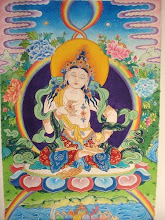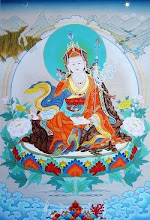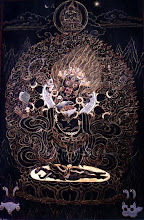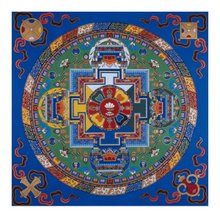 Jeff, Mutusmi, Narumi, Mitsuhiro
Jeff, Mutusmi, Narumi, Mitsuhiro
The week turned out – partly by design, partly by accident - to be associated with Shingon, one of Japan’s schools of esoteric Buddhism, founded by one of the country’s most famous monks, a fellow born as Kukai and who later went by the name Kobo Daishi.
Kukai, aka Kobo Daishi
We had been planning to visit Koya-san, a mountain retreat founded in the 9th century by Kobo Daishi in the forests of Wakayama, but we spent an unscheduled afternoon at Suma Temple, located not far from Mutusmi’s parents’ home, which turned out to also be a Shingon Temple.
The next morning we were up before 6:00am to take bus to Kobe, then a train to Osaka, a subway to another railway line, a train to the foot of Koya-san, a cable car up the mountain, and finally a bus to the town of Koya, a three-hour journey to one of Japan’s most beautiful towns.




There are no hotels in Koya (nor any super markets, neon lights, or other signs of modern commercial convenience). Accomodation is provided by temples, and we stayed at Shojoshin-in, a place I had noticed on a previous visit to Koya. The temples also provide board, tasty traditional Buddhist vegetarian meals.

And what account of travels in Japan would be complete without a picture of funny English, this one above the hotel sink .

The problem here is Japanese has separate words for cold and hot water. What the temple wants to inform its guests is that there is no hot water available at this sink.
#
































0 comments:
Post a Comment